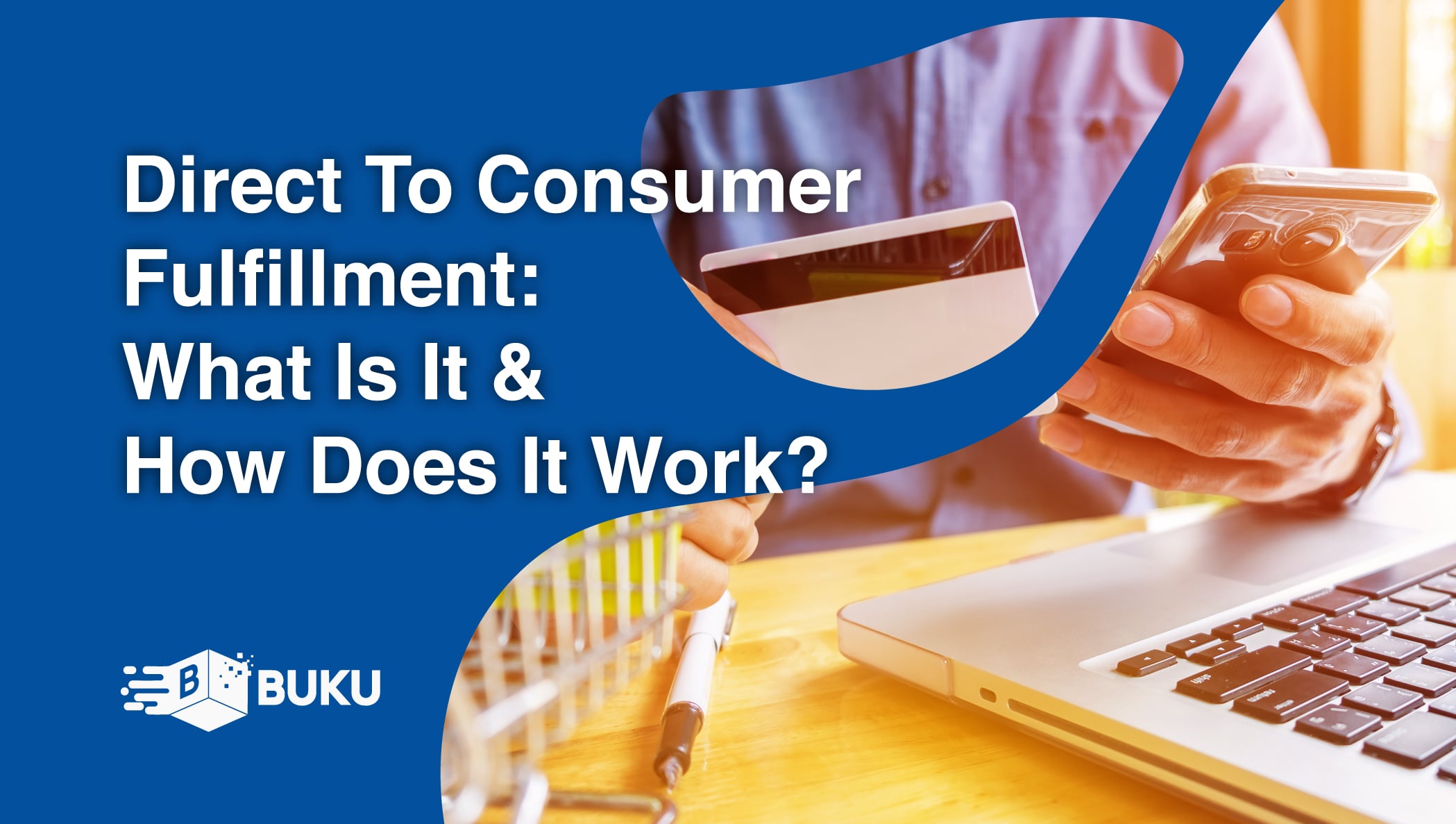Cold Chain Logistics: Management Challenges & Solutions
The supply chain is a term used to describe all the components required to transport goods from beginning to end, from production to the end...
.png)
Over the last five years, online shopping has quickly become one of the world's most significant revenue streams. This high demand has fostered a thriving industry of eCommerce. Statistically, consumers are more likely to purchase in larger quantities and with increased frequency when shopping online. But where there are high quantities, there are also higher return rates.
A whopping 20 percent of online orders are returned, which is over double the rate compared to brick-and-mortar locations. This can eat away a brand’s profit margins while causing much stress for business owners..png?width=536&name=Untitled%20design%20(1).png)
Here are three top ways to decrease returns as an online brand.
The consumer must understand precisely what they are purchasing to avoid returns. Business owners can manage expectations in several ways…
The time between purchase and arrival is often overlooked but crucial in ensuring a return request isn’t made. Your brand’s response post-purchase has to stave off any potential regret and make the consumer understand you are grateful for their order.
Delivery updates are one way to create an exciting atmosphere for your consumers. Sending reliable updates on where a package is located can build suspense for the consumer looking forward to its arrival. Try to create a sustainable platform for these kinds of updates to be sent out to your customers, but remember, they must be accurate. The last thing your brand wants to do is misled your customers. The product packaging is also an excellent way to cultivate a positive post-purchase experience. Packaging that represents your product truthfully can help your brand convey and help consumers become more interested in their purchase. Sometimes it is the little details that count.
A reliable customer support team can create a safe space where your customers feel heard. Most of the time, customers reach out to support a solution before a return is made. By creating a good support team, you can build customers’ sense of trust in your brand. Another tip is to set up a review system! This could also fall under providing a direct purchasing experience. Not only will review systems signal certain things to your customers, but they can also open your brand up to opportunities for improvement. And through giving your consumer’s a place to discuss your product, you are creating a more accessible brand image..png?width=402&name=Untitled%20design%20(2).png) Overall, returns are inevitable. And as a small business grows, so will its chance of returns. But anything a company can do to improve their overall customer experience will decrease the number of returns they are processing.
Overall, returns are inevitable. And as a small business grows, so will its chance of returns. But anything a company can do to improve their overall customer experience will decrease the number of returns they are processing.

The supply chain is a term used to describe all the components required to transport goods from beginning to end, from production to the end...

A smart warehouse is a large building where raw materials and other consumer goods are stored using machines, computers, comprehensive software, and...

Direct-to-consumer (DTC) fulfillment is a strategy that helps brands sell and deliver their products directly to customers more efficiently while...